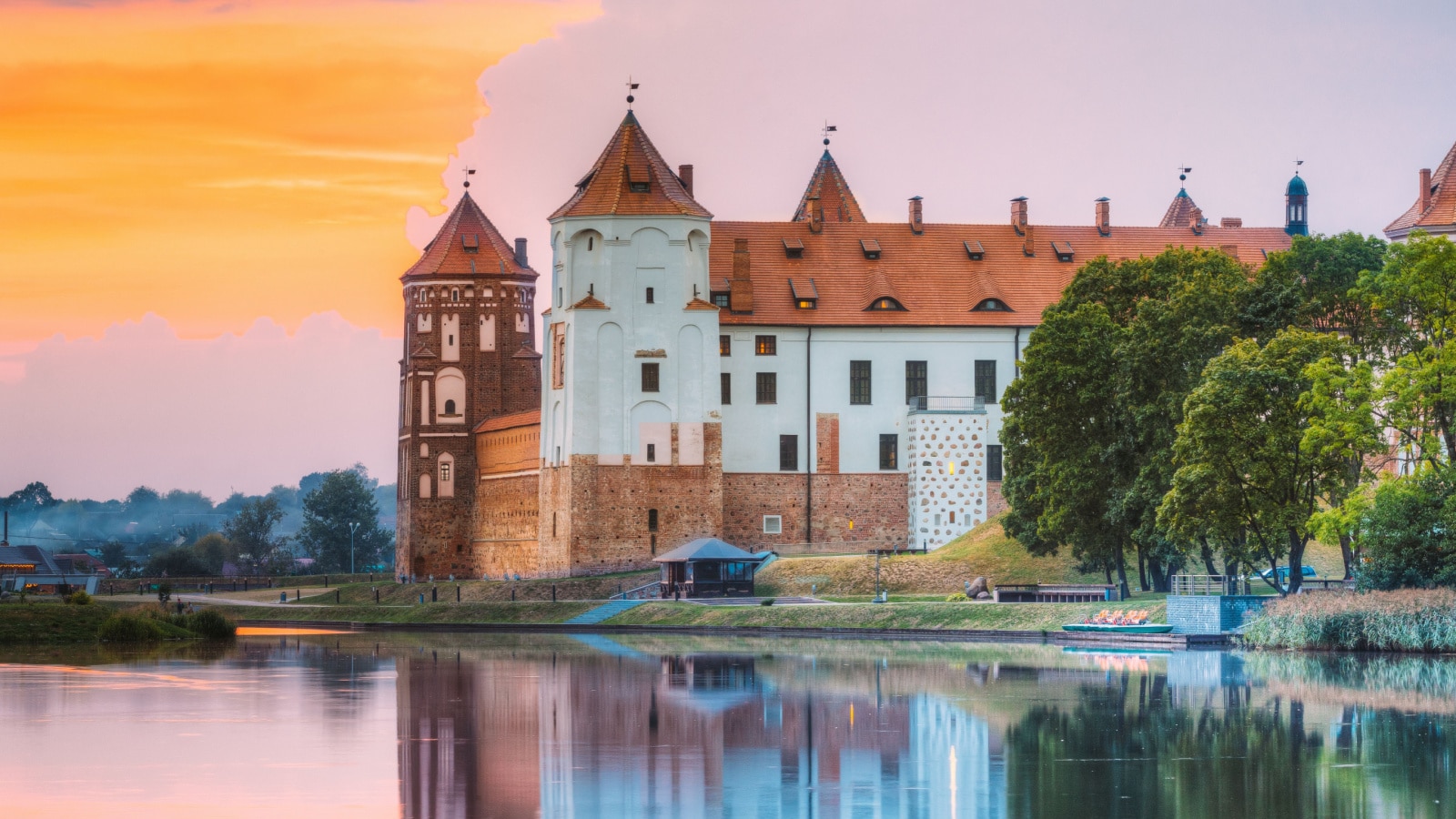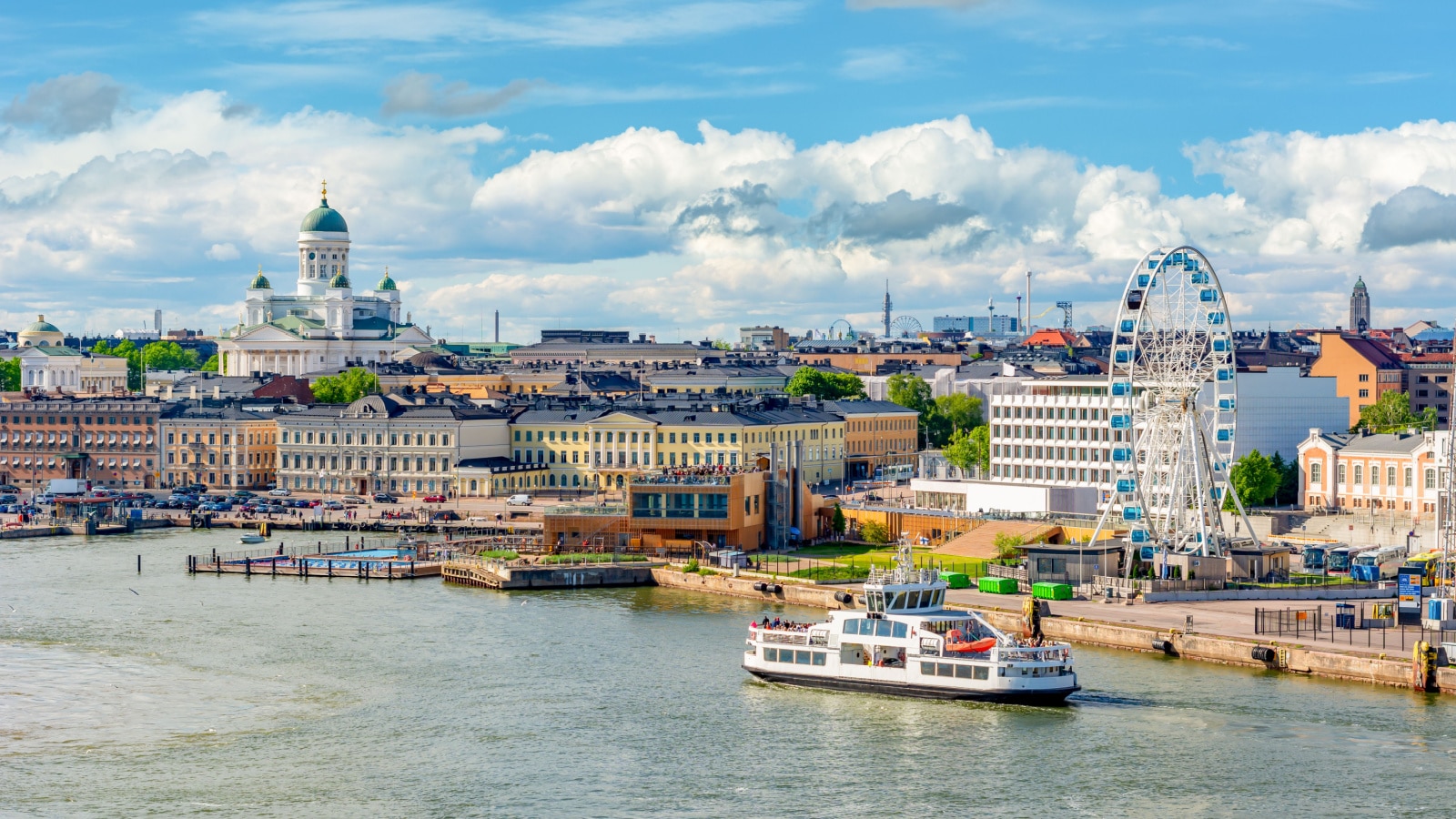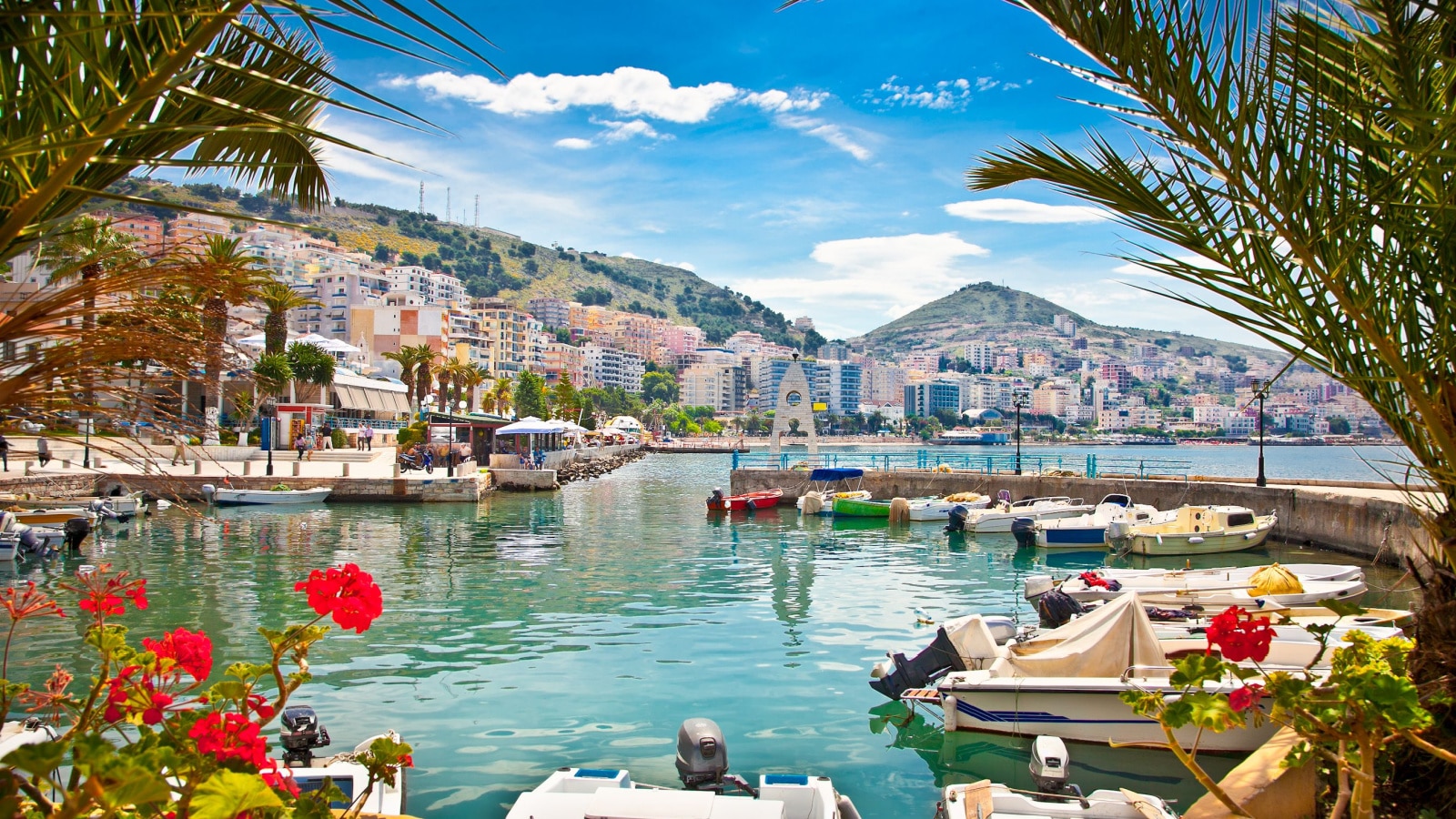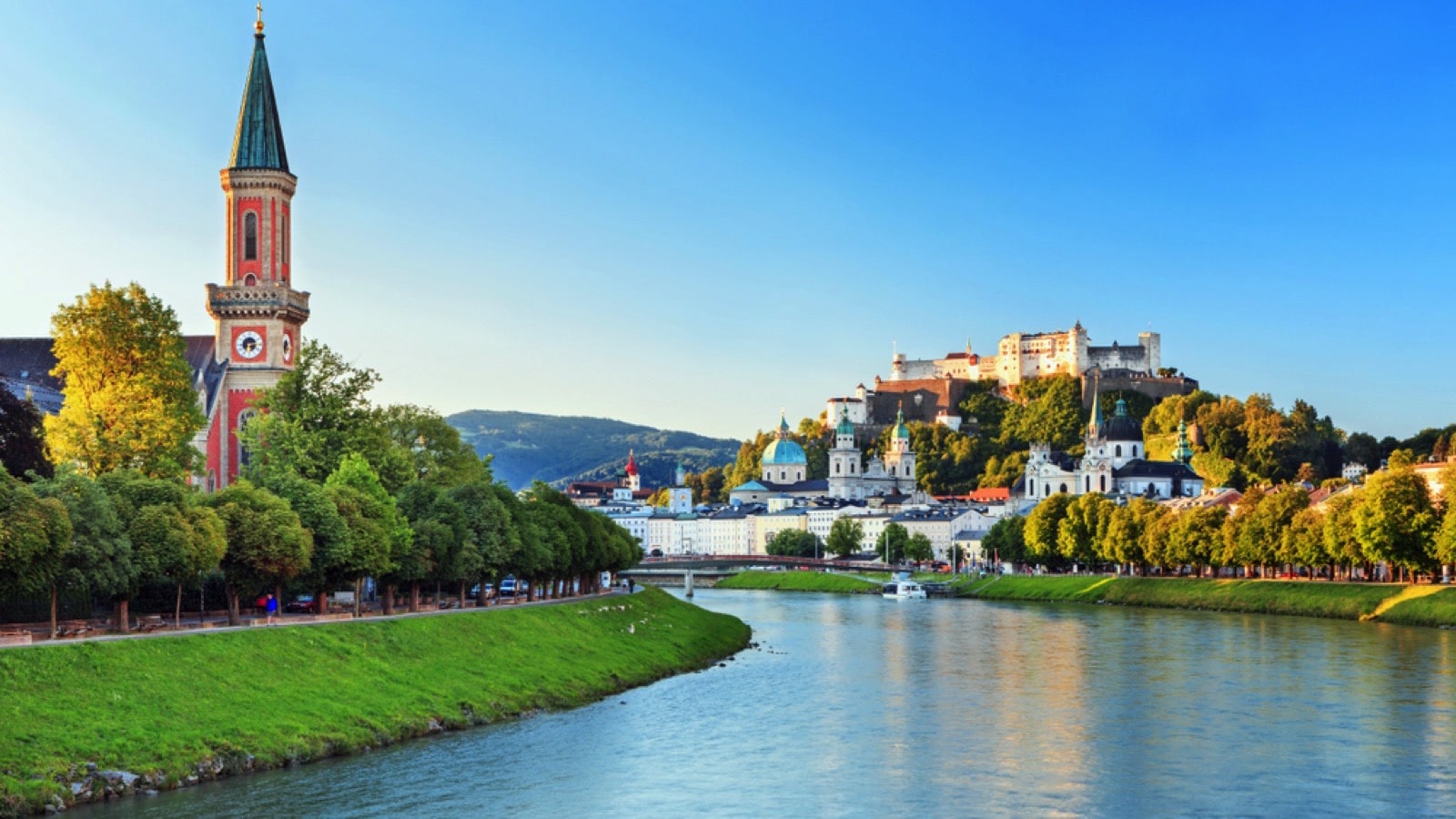Your 2024 Guide To European Countries
In the past, naming European countries was relatively easy. Although the USSR and Turkey could trip you up by spanning Europe and Asia, the rest of the map was a simple run through with familiar countries like Italy, France, and Spain.
There are several ways to define Europe today, including geographically, according to the United Nations geoscheme, by what countries are in the European Union, by what countries are in the Schengen area, or by what countries are in the European Economic Area.
Changes to the map since the 20th century include the creation of the European Union, states entering and leaving it, and the splitting of both the USSR and Czechoslovakia.
More Americans are moving to Europe because it’s home to many of the best countries to live in. If you’re interested in immigrating there, it’s essential to know how countries are included in different definitions of Europe to understand your options.
Europe Geographically
The continent of Eurasia is divided into two regions: Europe and Asia. These geographic features separate the continents:
- Turkish Straits
- Caucasus Mountains
- Ural Mountains
- Ural River
- Bosporus Strait

Even with these divides, the border between Europe and Asia gets muddled. Azerbaijan and Georgia are mainly on the Asian side of the Caucasus, but their Western borders extend into Europe to lend them European status. Istanbul, Turkey’s largest city, straddles the Bosporus Strait to exist on both continents. Russia, the largest modern country, stretches over Eurasia; however, most of its population (including the capital, Moscow) belongs to its European portion, making it a European nation. Kazakhstan proves the exception here; though it sits on both sides of the Ural River, its cultural and political ties make it an Asian country.
United Nations Designation
The United Nations has a statistical division that categorizes all the countries in the world into regions and subregions for ease of gathering data. The U.N.’s system for grouping countries in these regions is called the United Nations geoscheme, and it places these countries into Europe and its subregions.

Eastern Europe:
- Belarus
- Bulgaria
- Czech Republic
- Hungary
- Poland
- Moldova
- Romania
- Russia
- Slovakia
- Ukraine

Northern Europe:
- Denmark
- Estonia
- Finland
- Iceland
- Ireland
- Latvia
- Lithuania
- Norway
- Sweden
- United Kingdom (U.K.)

Southern Europe:
- Albania
- Andorra
- Bosnia and Herzegovina
- Croatia
- Greece
- Holy See (Vatican City)
- Italy
- Malta
- Montenegro
- North Macedonia
- Portugal
- San Marino
- Serbia
- Slovenia
- Spain

Western Europe:
- Austria
- Belgium
- France
- Germany
- Liechtenstein
- Luxembourg
- Monaco
- Netherlands
- Switzerland
In addition to these countries, the U.N. also recognizes these islands and territories as part of Europe:
- Aland Islands
- The Channel Islands, including Guernsey, Jersey, and Sark
- Faroe Islands
- Gibraltar
- Isle of Man
- Svalbard and Jan Mayen Islands
European Union
The European Union (E.U.) is a political and economic union of 27 member states. This international organization establishes shared economic, social, and security policies for its members. Along with meeting specific economic measures, countries must adopt certain human rights standards, such as legally acknowledging same-sex relationships, before joining the European Union. Governments in the E.U. collaborate to achieve more robust economic growth and military security than they might achieve on their own.
Twenty of these countries use the same currency: the Euro (€). E.U. citizens can freely move, work, or travel in any E.U. country. The U.K. was a leading E.U. member state before it exited the union in 2020. These are the current member states:
- Austria
- Belgium
- Bulgaria
- Croatia
- Cyprus
- Czech Republic
- Denmark
- Estonia
- Finland
- France
- Germany
- Greece
- Hungary
- Ireland
- Italy
- Latvia
- Lithuania
- Luxembourg
- Malta
- Netherlands
- Poland
- Portugal
- Romania
- Slovakia
- Slovenia
- Spain
- Sweden
In addition to these member states, the European Union is considering ten more countries to join its ranks as of November 2023:
- Albania
- Bosnia-Herzegovina
- Georgia
- Kosovo
- Moldova
- Montenegro
- North Macedonia
- Serbia
- Turkey
- Ukraine
The European Union continues to grow as a political entity, even in late 2023. The E.U.’s European Commission granted candidate country status to Georgia on November 8, acknowledging the country’s reform efforts to align with the political group. Moldova also progressed towards E.U. member requirements, cracking down on corruption and removing oligarchs from political power. Meanwhile, Montenegro’s political instability likely means delays in joining the European Union, as the country must meet specific benchmarks around the rule of law before becoming a candidate like Georgia.
Schengen Area
The Schengen Area is a group of countries that have established a single area for international travel. If you’re not from a Schengen Area country, you can travel between them for 90 days within 180 days. Be warned: overstaying your 90-day limit carries grave penalties that can include imprisonment, deportation, or years-long banishment from the Schengen Zone. If you’re familiar with non-Schengen countries, you can find a nearby country to visit while your period resets.
Like the European Union, there are currently 27 countries in the Schengen Area, but they’re not the same countries:
- Austria
- Belgium
- Croatia
- Czech Republic
- Denmark
- Estonia
- Finland
- France
- Germany
- Greece
- Hungary
- Iceland
- Italy
- Latvia
- Liechtenstein
- Lithuania
- Luxembourg
- Malta
- Netherlands
- Norway
- Poland
- Portugal
- Slovakia
- Slovenia
- Spain
- Sweden
- Switzerland
European Economic Area
All countries in the European Union are also in the European Economic Area (EEA), along with Iceland, Liechtenstein, and Norway. The EEA aims to create one large market for trade so goods and services can be exchanged freely.
Iceland, Liechtenstein, Norway, and Switzerland are also members of the European Free Trade Association (EFTA).
Baltic States
Three countries comprise the Baltic states, named as such for bordering the Baltic Sea in northern Europe. These nations gained independence from the Soviet Union in the 1990s. They joined the E.U. in 2004.
These are the Baltic states:
- Estonia
- Latvia
- Lithuania
Balkan States
Ten countries comprise the Balkan states, taking their name from the Balkan peninsula in eastern Europe. Portions of Greece and Turkey straddle the peninsula, though they usually aren’t considered in this group.
Here are the 10 Balkan states:
- Albania
- Bosnia and Herzegovina
- Bulgaria
- Croatia
- Kosovo
- Montenegro
- North Macedonia
- Romania
- Serbia
- Slovenia
Nordic States
The Nordic countries comprise a geographical and cultural region in northern Europe originally occupied by Vikings. Eight countries, territories, and regions include this group:
- Åland
- Denmark
- Faroe Islands
- Finland
- Greenland
- Iceland
- Norway
- Sweden
Scandinavian States
The Scandinavian countries belong to a particular geographic region of northern Europe where the Vikings occupied the continent. While all Scandinavian countries are Nordic, not all Nordic countries fit Scandinavia’s geographical region.
Three countries make up the Scandinavian states:
- Denmark
- Norway
- Sweden
Benelux Union
Three countries formed the Benelux Union in 1944 to solidify trade and political agreements. This union became a template for the modern-day E.U.
These countries comprised the Benelux Union:
- Belgium,
- Luxembourg
- The Netherlands
Iberian Peninsula
The Iberian peninsula is in southwest Europe. A small portion of France is on the peninsula, which isn’t considered part of the landmass. Three countries and one territory make up the Iberian peninsula:
- Andorra
- Gibraltar (British territory)
- Portugal
- Spain
Spain and Portugal are two of the most popular countries for American expats.
Countries Using the Euro (€)
The Euro (€) is currently the preferred currency for 20 of the 27 E.U. member states. It’s the second most-used currency in the world, after the U.S. dollar. Most countries in the European Union use the Euro as currency, though some non-EU countries also use the Euro.
You can use the Euro in these E.U. countries:
- Andorra
- Austria
- Belgium
- Croatia
- Cyprus
- Estonia
- Finland
- France
- Germany
- Greece
- Ireland
- Italy
- Kosovo
- Latvia
- Lithuania
- Luxembourg
- Malta
- Monaco
- Montenegro
- The Netherlands
- Portugal
- San Marino
- Slovakia
- Slovenia
- Spain
Currencies Used in Other European Countries
Instead of trading the Euro, these European countries use their legacy currency:
- Albania: Lek (L)
- Armenia: dram (֏ | AMD)
- Azerbaijan: manat (AZN)
- Belarus: ruble (BYN)
- Bosnia and Herzegovina: convertible mark (K.M.)
- Bulgaria: lev (лв | BGN)
- Czech Republic: koruna (Kč | CZK)
- Denmark: kroner (DKK)
- Georgia: lari (GEL)
- Hungary: forint (Ft | HUF)
- Iceland: krona (kr)
- Liechtenstein: Swiss franc (Fr.)
- Moldova: leu (L | MDL)
- North Macedonia: denar (ден | MKD)
- Norway: krone (kr)
- Poland: złoty (zł)
- Romania: leu (RON)
- Russia: ruble (₽ | RUB)
- Serbia: dinar (din)
- Sweden: krona (SEK)
- Switzerland: franc (Fr.)
- Turkey: lira (₺ | TRY)
- U.K.: pound sterling (£ | GBP)
- Ukraine: hryvnia (₴ | UAH)
The E.U. generally requires its member states to use the Euro, though members can opt out of using this single currency. Denmark kept its former currency, the kroner, after joining the E.U. Whether future E.U. countries like Georgia or Moldova will adopt the Euro, maintain their legacy currency, or both remains to be seen.
This article originally appeared on Wealth of Geeks.


